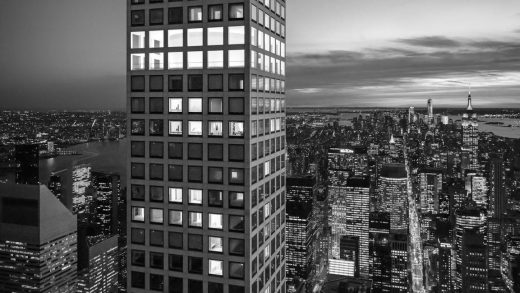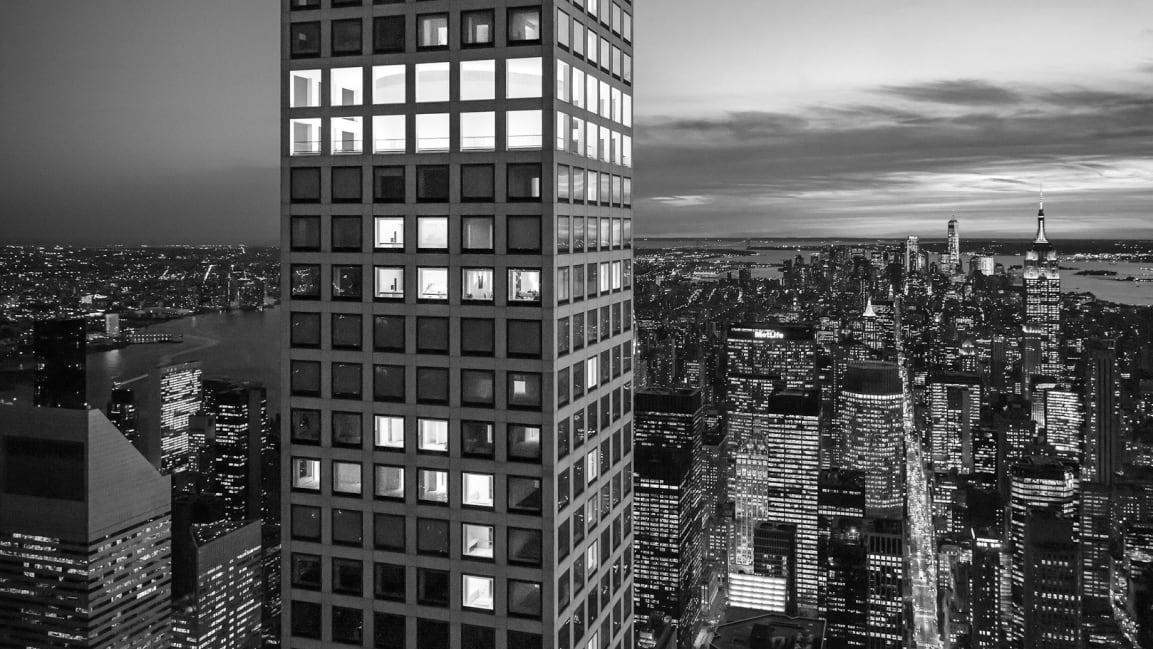How capitalism is reshaping cities (literally)
The very, very short explanation of the cause and effect of the 2008 financial crisis can be summarized in two words: real estate. Risky mortgages traded like stocks were blown into a bubble that popped, ravaging the finances and savings of people all around the world. In the aftermath, institutional investors bought up swathes of foreclosed properties, and pushed the financialization of housing into hyper-speed.
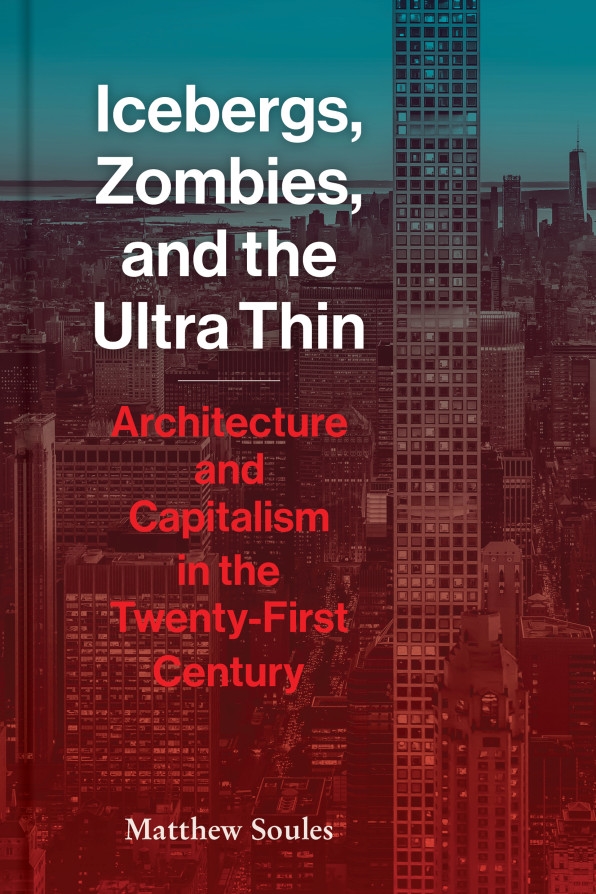
Today, real estate is being developed not just for use by people, but as a way for investors to make money. This is hardly a new phenomenon, but as investments in real estate have grown in recent years, they have come to supersede the traditional role of buildings, writes author Matthew Soules in his new book Icebergs, Zombies, and the Ultra Thin: Architecture and Capitalism in the Twenty-First Century, published by Princeton Architectural Press. Soules is an architect and associate professor of architecture at the University of British Columbia, and he argues that value creation is being prioritized over the fundamental purposes of buildings and homes.
The title of the book calls out three of the ways this is manifesting. Icebergs are the homes of the superrich in London that, due to building height rules, can see their values increased by adding new levels deeper and deeper below ground. Zombies are the half-dead neighborhoods in places like Dublin and southern Spain where speculative development and investment homes often sit empty. Ultra-thins are the tall luxury towers now popping up in cities around the world that serve less as places to live than as places to invest and grow the buyer’s money.
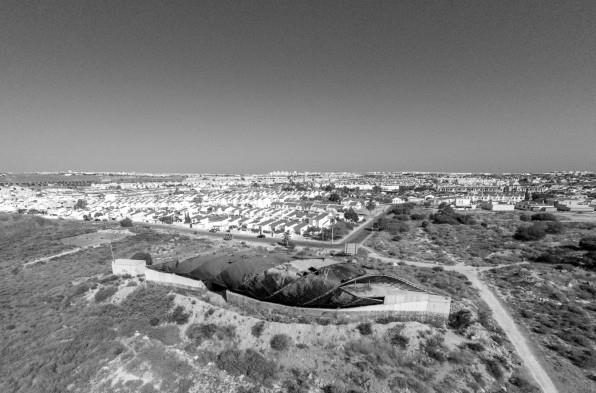
Each of these conditions, Soules suggests, is an architectural symptom of a financial system that is reshaping cities around the world. In this interview he explains the emergence of finance capitalism and how global investment patterns are changing cities and affecting the physical form of buildings.
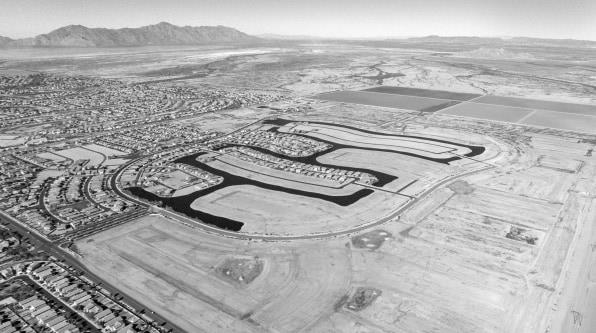
Homes provide shelter and reflect culture, but they also represent wealth. How is that role changing?
Matthew Soules: The premise of the book is that we can understand capitalism as having different phases, different points in its history, and that sometime around 1980 a set of changes occurred in terms of policy but also in business culture, how money was thought of, how investment was thought of, that all could amount to what we call finance capitalism. And in the climate of finance capitalism, there’s a heightened tendency for all of us, because it’s so prevalent, to start thinking more and more about the logic of investment and using the mechanisms of finance.
Because of the investment ethos of finance capitalism, you don’t just park your money in savings accounts, you make it work. And part of the making it work has meant a lot of it has gone into real estate, into the products of architecture. So in that triumvirate of shelter, culture, and wealth, things start to get skewed. Of course shelter doesn’t go away and culture doesn’t go away, but the pressure of a home embodying wealth and being a vehicle for speculation and making more wealth becomes heated. It shifts the relationship between the other two. In some cases it even begins to challenge the other two.
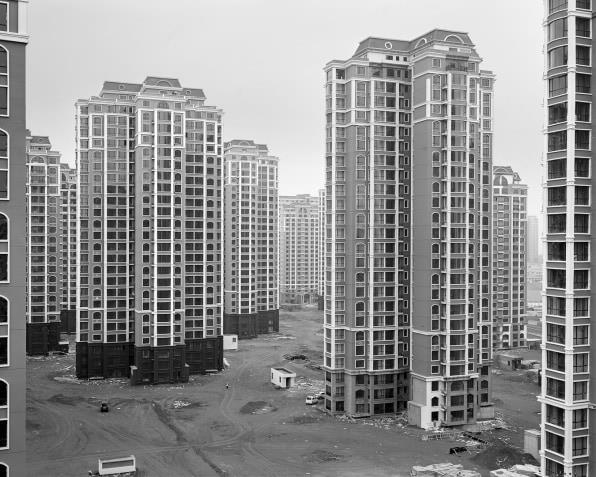
How has this emphasis on investment changed what gets built and what it looks like?
At an architectural level I argue, and this is a very debatable point, that there are literal changes to the morphology and shape of buildings, in their proportions, their massing, and their dimensions that help create an investor-friendly architectural product. There’s an increasing global prevalence of using podiums—low rise structures that often house retail and community amenities that are at grade, and have a direct interaction with the messy unpredictabilities of the street. You can find them in Istanbul; Tampa, Florida; Shenzhen, China. It’s a kind of global architectural type to have a podium and then place housing on top of it.
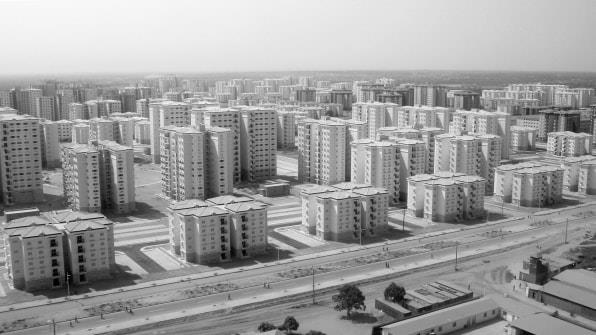
As more money flows into real estate, for it to really flourish as a financial investment arena, the liquidity of housing has to increase. And real estate has always been the quintessential example of a non-liquid asset. My argument is that the podium actually increases the liquidity of the housing that’s placed on top of it. It’s a specific architectural form and program that is built to fight the historic non-liquidity of real estate. Because the financial ethos of investment wants housing to become more liquid, it wants the market to become bigger, and for assets to be more easily exchanged. The podium does that by creating this new ground plane that’s effectively in the sky and delaminating the housing from the messy unpredictabilities of the public domain, and those messy unpredictabilities are the things that contribute to the non-liquidity of real estate. The podium is a subtle but I think powerful device that just adds this little incremental buffer from all those things that could problematize it as an investment. It abstracts it and simplifies it.
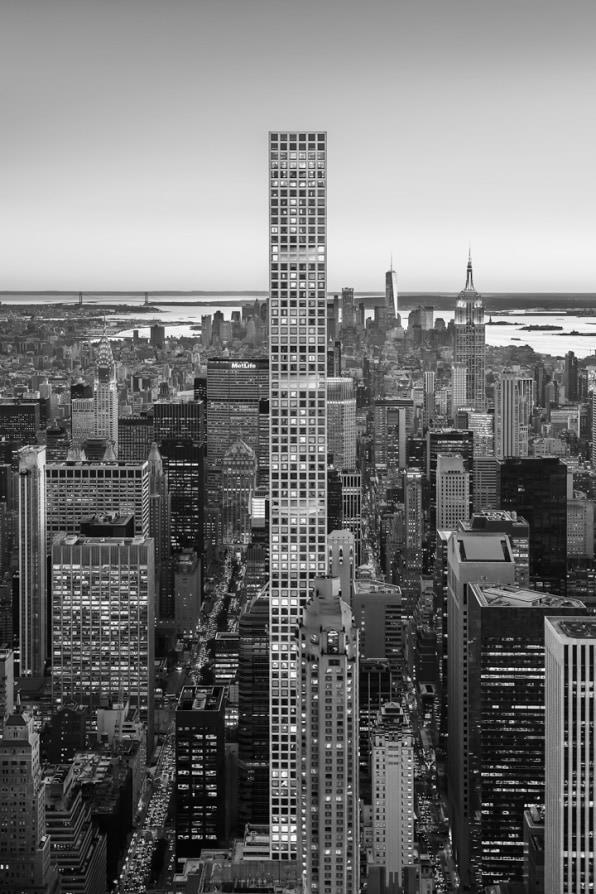
Like the podium, the slender tower has also become uniquely popular in many cities around the world, particularly in cities that are the most heated in terms of their speculative real estate environments. Slender towers also increase the liquidity of the assets within those towers. And like the podium decreases the potential complications with the street, the slender tower has the effect ultimately of diminishing the number of units on any given floor. The most heightened apotheosis of this is the single-unit slender tower floor. Again, you’re completely separated from any diminished possibilities of bumping into human beings in the hallways or hearing the noise from another unit or smelling neighbors’ cooking. The entanglements of human life are the complicating factors that make real estate historically non-liquid, and the slender tower diminishes these things. They become a kind of isolated abstract unit of investment in the sky.
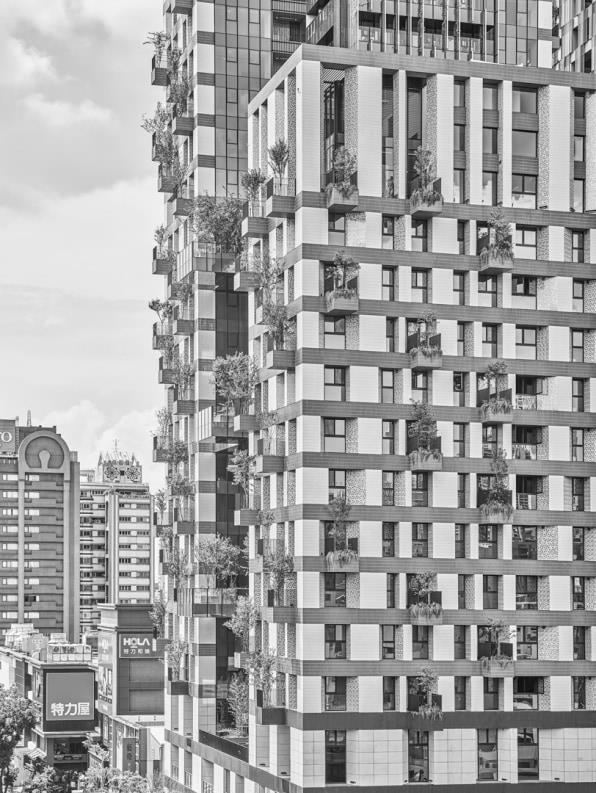
You’re based in Vancouver, one of the world’s hottest real estate investment markets. How are you seeing these dynamics play out?
Central Vancouver has seen a huge production of condominium towers since the 1990s. Over 50% of them have been purchased by non-resident owners. Many of them rent them out, so they are investments. And it has been shown that one-bedroom units are the most desirable for those investor types. That’s for a number of reasons but it’s partly that they are relatively small and therefore relatively inexpensive. It’s not the super wealthy investing in these, it’s the upper middle class, a fairly big demographic in Canada. And this is in the context of an ongoing outcry that there’s a demand for two-bedroom and three-bedroom apartments. Yet somehow the developers continue to build one-bedroom apartments and make their profits this way, to sell out projects over 50% to people who seem drawn to the investment power of the one-bedroom apartments that they then go and rent out, or in some cases let sit empty.
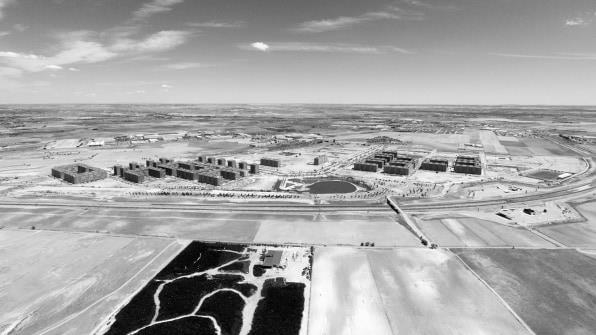
The financial crisis of 2008 had major impacts on the global real estate market. The current crisis, the COVID-19 pandemic, is having its own implications on how space is used, or not used. What impact do you think this can have on the way investment literally shapes real estate?
I have to be cautious not to exaggerate this, because it’s obviously very complex, but it think the logics of investment capital are having this slow but profound effect over time, that’s happening so in front of our eyes that it’s hard to even see, of diminishing the social richness of our living environments, by things like the thinness and the isolation of the units and the podiums. I think of that as a form of physical distancing. Finance capital was slowly social distancing us for decades, and then we entered this health emergency that necessitates us, for good reason, to socially distance ourselves. It’s an accelerator of what was happening before.
The optimist in me thinks there’s a tremendous opportunity here. The pandemic affords us the chance to reexamine things and question how we want to live in all aspects of our lives. Things only became more intensely financialized after the 2008 crisis. So will this crisis be one that takes us into a new and more beneficial way of being? I don’t know. I hope so, but recent history suggests otherwise.
(46)

